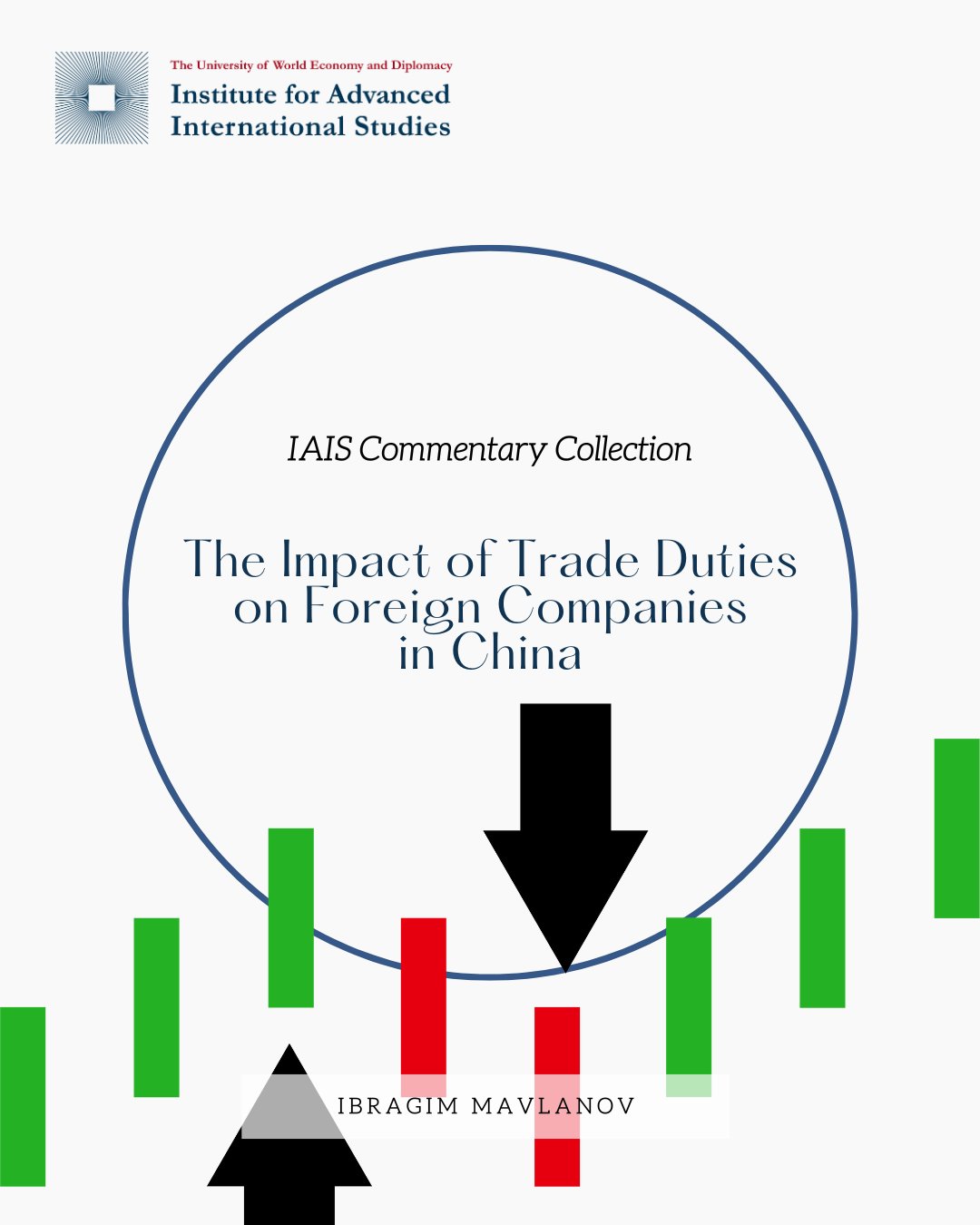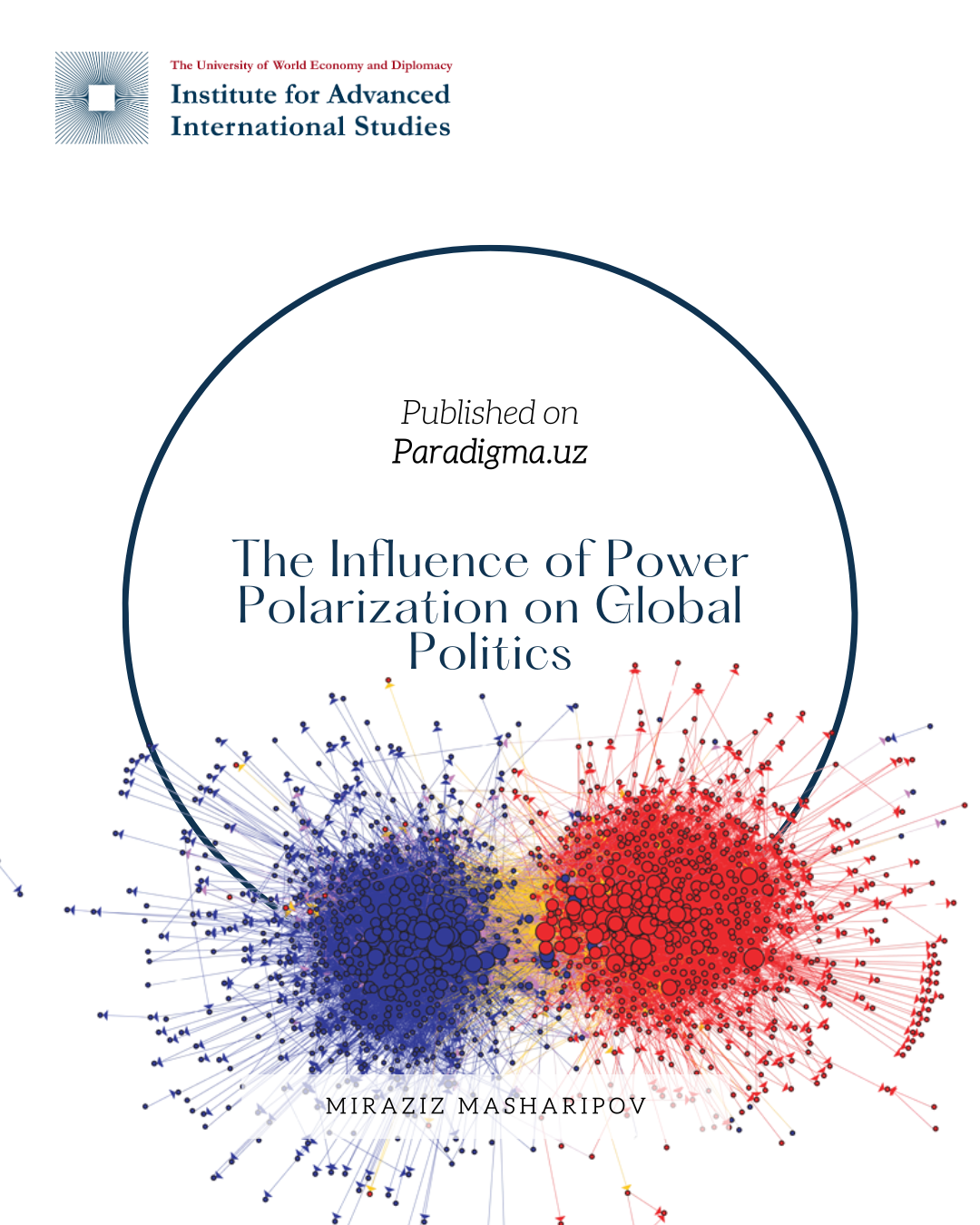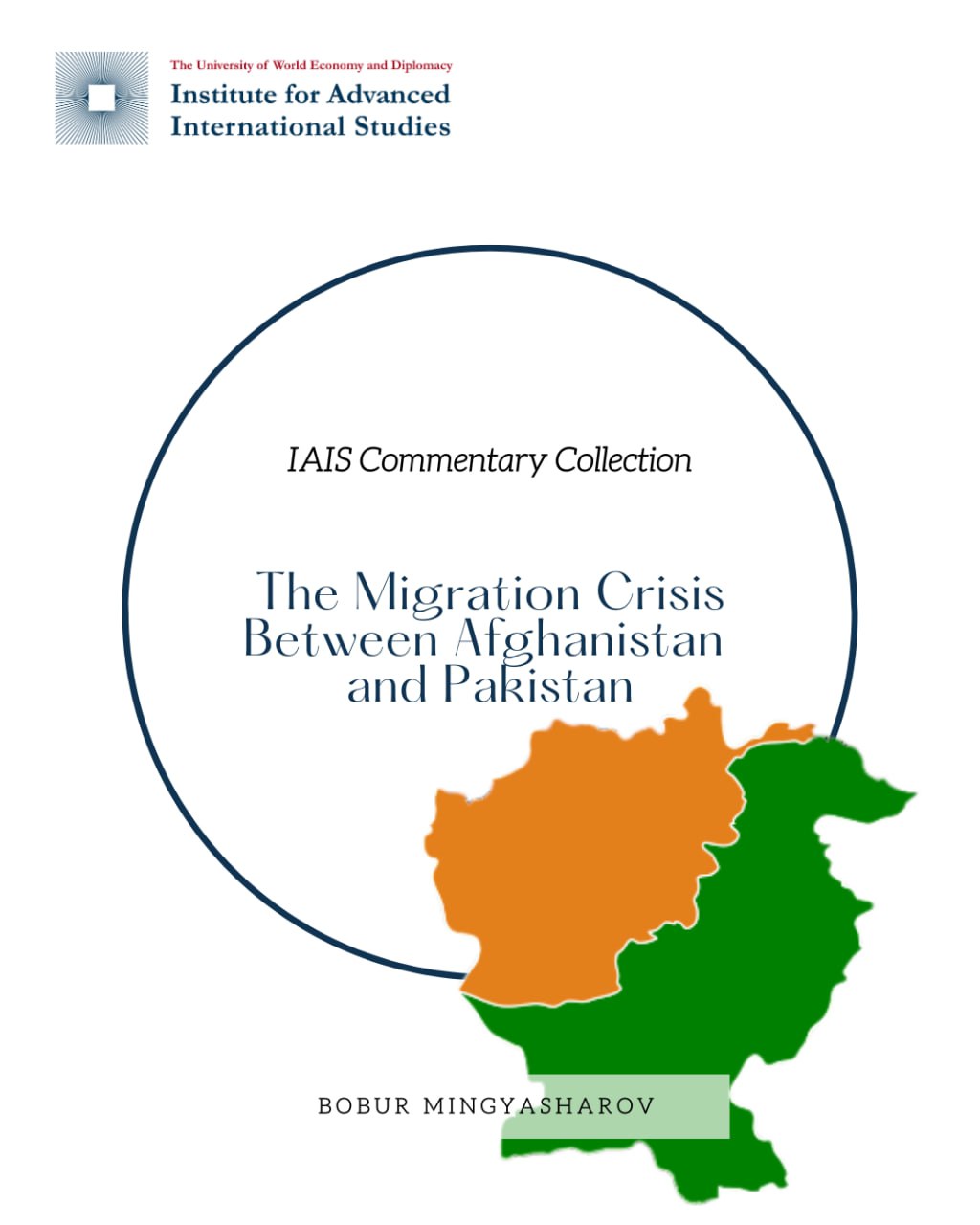In April 2025, the Government of Pakistan launched an initiative titled the “Return to Homeland,” which was characterized by the Taliban administration as an act of “forced deportation.” As a result, nearly 80,000 Afghan nationals were deported through the Torkham border crossing in Pakistan’s Khyber Pakhtunkhwa province within the span of one month. According to the United Nations High Commissioner for Refugees (UNHCR) and other sources, between 19,000 and 45,000 of these individuals were forcibly expelled, while the remainder returned voluntarily or under minimal pressure.
The primary justification for the deportation process has been Pakistan’s internal security concerns. The heightened activity of terrorist organizations such as ISKP and Tehrik-e-Taliban Pakistan (TTP), along with cross-border militant movements and threats posed by criminal groups, have constituted key factors influencing this policy. During the first ten days of March 2025, five major terrorist attacks occurred in Pakistan—three in Khyber Pakhtunkhwa and two in Balochistan. All five were suicide bombings, resulting in the deaths of at least 18 individuals, including 12 military personnel, five Chinese nationals, and one Pakistani citizen. While such attacks have occurred in prior years, the deaths of Chinese citizens are particularly sensitive, as China remains one of Pakistan’s most crucial economic partners. The incident has consequently strained bilateral relations.
In response to these challenges, the Pakistani government initiated the "Illegal Foreigners Repatriation Plan" (IFRP), grounded in both security and political considerations. While this strategy seeks to bolster domestic security and regulate migration, it has also raised serious humanitarian and regional stability concerns.
Afghanistan, on the receiving end of these deportations, now faces significant challenges. Thousands of individuals who had resided in Pakistan for many years are now expected to reintegrate into a homeland marked by weak infrastructure and a deteriorated economy. Many of the returnees lack shelter, employment, and basic resources, rendering them vulnerable to recruitment by extremist organizations such as ISKP-Khorasan and TTP.
For the Taliban administration, this mass return could yield complex economic, political, and social repercussions. A considerable portion of the returnees are likely to migrate toward urban centers in search of employment, thereby straining already limited urban infrastructure. Failing this could result in rising unemployment, criminality, and public discontent that might severely undermine the internal stability of the country.
In turn, Iranians might also follow the Pakistan’s lead and begin to demand strict compliance with migration regulations from Afghan refugees residing within their territory, otherwise might undertake a massive deportation campaign similar to Pakistanis in near future.
At the same time, the international community has also begun to issue measured responses to the unfolding crisis. Notably, Qatar has launched a humanitarian initiative to support deported Afghan citizens by allocating $800,000 for the construction of housing in Gardez, the capital of Paktia province. Through such efforts—providing humanitarian assistance, supporting stability in Afghanistan, and mediating peace negotiations—Qatar appears to be solidifying its diplomatic standing in the international arena, particularly within the Muslim world, and positioning itself as a capable actor in resolving global crises.
In conclusion, the migration crisis along the border represents not merely a bilateral issue between Afghanistan and Pakistan but a significant challenge to broader regional security and stability. Its implications might extend to Iran, China, Central Asia, and other key regional stakeholders, influencing their political and security strategies since, migration policy of certain country reverberates across a complex system tied to human lives, stability, and international relations.
by Bobur Mingyasharov
* The Institute for Advanced International Studies (IAIS) does not take institutional positions on any issues; the views represented herein are those of the author(s) and do not necessarily reflect the views of the IAIS.



